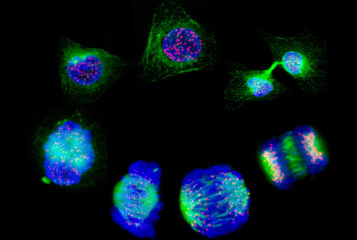What happens when the watchdog blinks?
The meticulous scrutiny of the efficacy and cost-effectiveness of medical treatments and procedure by NICE is put into question by Professor Dusko Ilic when comparing the use of cryopreserved ovarian tissue and testicular tissue for restoration of fertility...




